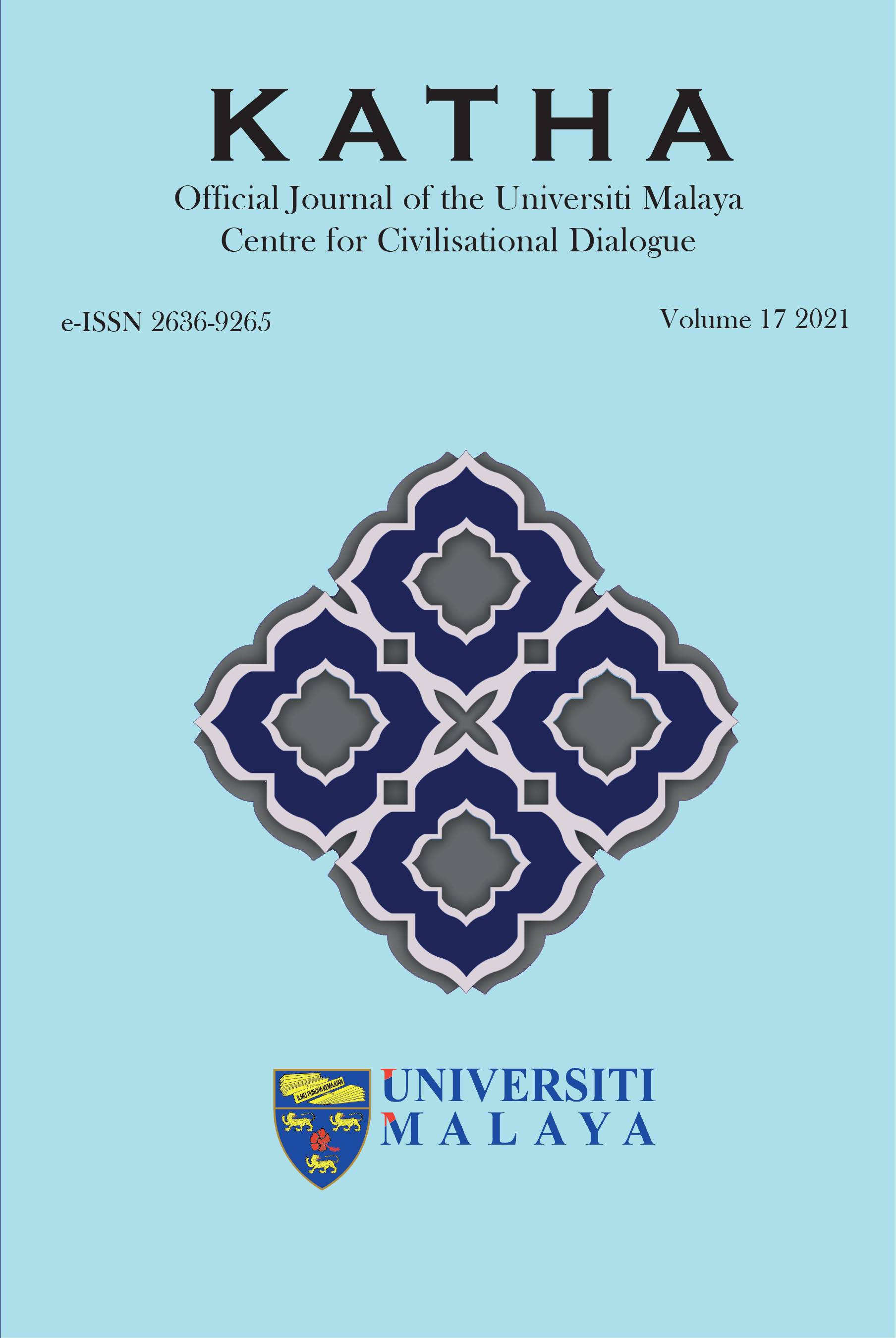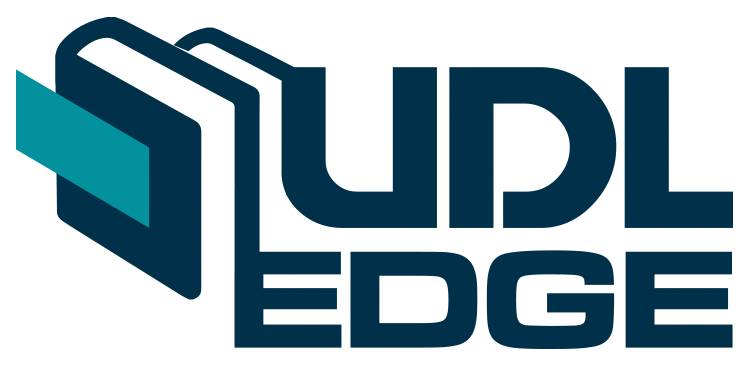Islamist Extremism Ideology Rehabilitation Programs: A Critical Analysis
DOI:
https://doi.org/10.22452/KATHA.vol17no1.4Keywords:
Salafi Jihadi, Khawarij, Jihad, Extremism, Rehabilitation ProgramsAbstract
The September 11 attacks gave an immense impact on Muslims worldwide. Governments, both Islamic and Western took matters regarding terrorism even more seriously. The incident too, however, became a stepping stone for Muslim terrorists to be louder. Nevertheless, terrorism among Muslims have always existed in the doctrine of certain sects, Salafi Jihadi in particular. Such extreme and radical misconceptions of Islam is inherited by their predecessor, the Khawarij. The study discusses the rehabilitation programs for those affected by extremism in Malaysia, and the regional guidelines for counter terrorism. The root cause for Islamist extremism is also analysed, along with the influence of Khawarij ideology on Salafi Jihadi, the similarities shared by both, particularly with regards of jihad.
Downloads
Downloads
Published
How to Cite
Issue
Section
License
Copyright (c) 2021 KATHA- The Official Journal of the Centre for Civilisational Dialogue

This work is licensed under a Creative Commons Attribution-NoDerivatives 4.0 International License.
Articles submitted to the journal should not have been published before in their current or substantially similar form, or be under consideration for publication elsewhere. Authors submitting articles for publication warrant that the work is not an infringement of any existing copyright and will indemnify the publisher against any breach of such warranty. For ease of dissemination and to ensure proper policing of use, papers and contributions become the legal copyright of the publisher unless otherwise agreed. By submitting a manuscript, the author(s) agree that copyright for the article is transferred to the publisher, if and when the manuscript is accepted for publication. However, it can be reprinted with a proper acknowledgment that it was published in KATHA.

This work is licensed under a Creative Commons Attribution-NonCommercial-NoDerivatives 4.0 International License.




